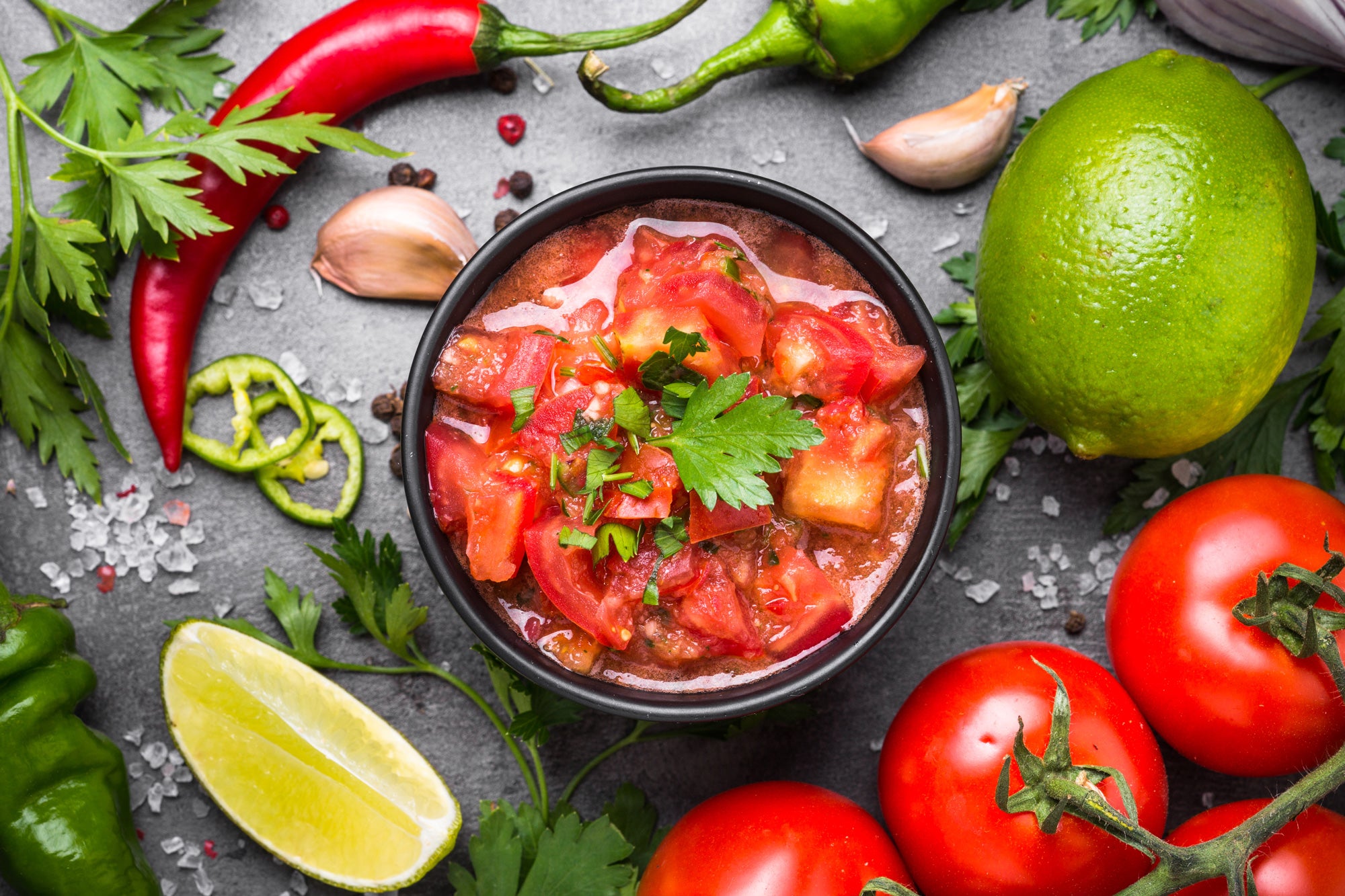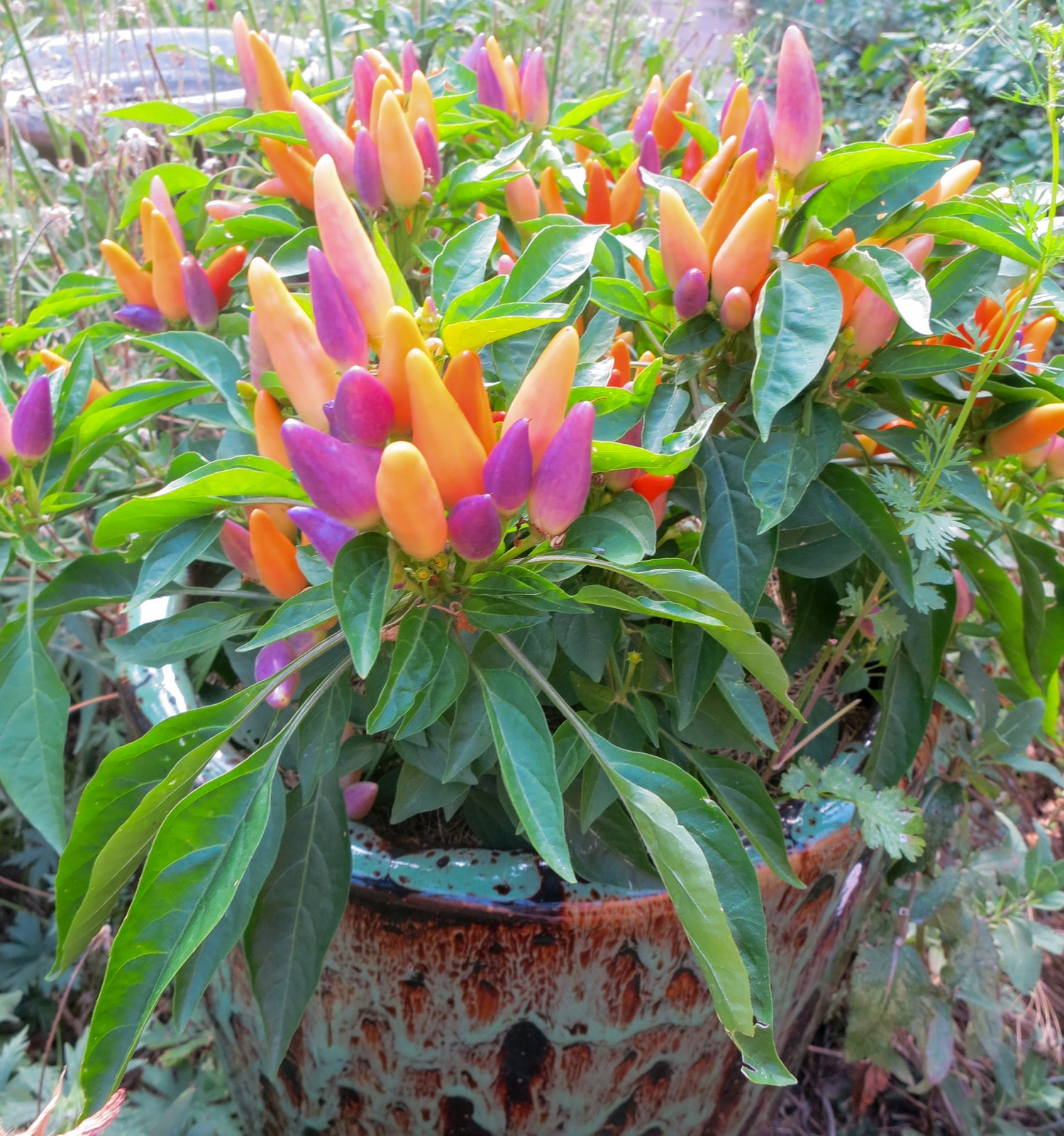
Short-Season Gardening
Besides peppers and tomatoes, you can start lots of vegetable seeds year-round, depending on your climate, and if you have any winter protection such as cold frames or hoop houses. You can also grow cool season veggies in the early spring and plant in the late summer for a fall harvest. You can plant seeds for radishes, lettuce, peas, spinach, green onions throughout the year!

Yep, you can start many seeds throughout the spring/summer/fall season! So it's really never too late to start seeds. It is good to succession sow seeds for radishes, Little Gem lettuce, bunching onions, spinach, cabbages, broccoli, carrots, cucumbers, green beans, cilantro, and even the fast growing zucchini. Sowing often ensures a continual long harvest of crops. Sometimes plants like cucumbers peter out, zucchini's too, or cilantro and lettuce can go to seed – so you can start new ones in mid-season to get a later fall harvest. We like to plant radish seeds every 1-2 weeks to have a continual radish harvest all summer into late fall.
Starting Seeds & Indoor Growing
Starting Peppers or Tomatoes Late?
If growing outdoors, you can also start peppers and tomatoes later in the season, especially if you grow short season varieties:

Choose Short Season Peppers:
If it’s mid-summer, but you still have 75+ days of growing weather, and you want to experience growing peppers or tomatoes from seed to table, then choose short season pepper varieties that grow the fastest, like Jalapeno M, Jimmy Nardello, Hatch Green X-Hot and Bulgarian Carrot.

For short season tomatoes choose smaller fruited varieties like Black Prince, New Yorker, Chocolate Cherry and Isis Candy.

Learn more about:
How to Grow Chilli Plants Faster »
Start your seeds in ideal conditions. You want fast germination so plants can be transplanted outside in 2-3 weeks. Soaking seeds in water might speed germination.
Try a 6 hour soak, until seeds sink to the bottom of the cup. A solution of hydrogen peroxide or weak chamomile tea may help to break down the seed coat. Use one to two teaspoons of standard 3% hydrogen peroxide per cup of warm water.
Use a diluted organic liquid fertilizer. Fertilize weekly.
Harden off and transplant:
First, you need to harden off your seedlings off by placing them outside a few days in dappled sunlight, and gradually moving them into full sun. Keep them in their cozy container. Be careful soil doesn’t dry out. Transplant your seedlings after they have 2 pairs of true leaves.
When you transplant it might be a little later into spring, and the sun could be blasting your garden in the afternoons. Shade transplants from afternoon sun for a week. This doesn’t need to be fancy. Plastic stacking lawn chairs work well for plant shade.




















